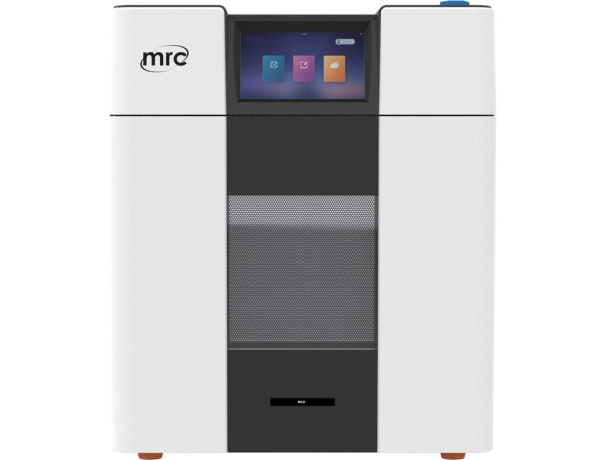A microwave reaction system is a type of laboratory equipment that uses microwave energy to facilitate chemical reactions. The system typically consists of a microwave generator, a reaction chamber, and a temperature control system. The microwave energy generates heat within the reaction chamber, allowing for faster and more efficient reactions compared to traditional heating methods. This technology is used in a variety of applications, including organic synthesis, material synthesis, and the production of fine chemicals.
What is a microwave reaction system used for?
A microwave reaction system is used for a variety of applications in the field of chemistry, including:
- Organic synthesis: Microwave energy can be used to accelerate the reaction rate of organic compounds, leading to faster synthesis of complex molecules.
- Material synthesis: Microwave energy can be used to synthesize a variety of materials, including ceramics and metals, at a faster rate and with improved product quality.
- Fine chemicals production: Microwave energy can be used to catalyze reactions leading to the production of fine chemicals such as pharmaceuticals, fragrances, and dyes.
- Catalyst screening: Microwave energy can be used to screen catalysts to evaluate their performance in chemical reactions.
- Extraction: Microwave energy can be used to extract compounds from plant and animal materials.
- Dehydration and drying: Microwave energy can be used to remove moisture from samples, including food products.
- Polymerization: Microwave energy can be used to accelerate polymerization reactions and improve the properties of the resulting polymers.

What are the advantages of microwave reactions?
There are several advantages of using microwave energy to facilitate chemical reactions, including:
- Increased reaction rates: Microwave energy can penetrate deep into the reaction mixture, leading to faster and more efficient reactions compared to traditional heating methods.
- Improved product yields: Microwave energy can increase the yield and purity of the final product.
- Reduced reaction times: Reactions that can take several hours or days to complete using traditional heating methods can be completed in minutes or hours using microwave energy.
- Enhanced selectivity: Microwave energy can be directed selectively to specific regions within a reaction mixture, allowing for improved control over the reaction and enhanced selectivity of the products.
- Lower energy consumption: Microwave energy is more efficient than traditional heating methods, which can result in lower energy consumption and cost savings.
- Easy to use: Microwave reaction systems are simple to operate and do not require specialized skills.
- Environmentally friendly: Microwave energy can reduce the need for toxic solvents and reagents, making the process more environmentally friendly.
- Easy to scale: Microwave reaction systems can be scaled up or down depending on the reaction requirements.
The operating principle of the Microwave Reaction System
The operating principle of a microwave reaction system is based on the ability of microwave energy to penetrate deep into a reaction mixture and generate heat within the reaction chamber.
The system typically consists of a microwave generator, a reaction chamber, and a temperature control system. The generator produces microwave energy at a specific frequency, which is directed into the reaction chamber. The reaction mixture is placed within the chamber and is exposed to the microwave energy.
The microwave energy causes the polar molecules in the reaction mixture to rotate and collide with one another, generating heat and accelerating the reaction rate. The temperature control system helps to maintain a constant temperature within the reaction chamber, ensuring optimal conditions for the reaction to take place.
Microwave energy can be directed selectively to specific regions within the reaction mixture, allowing for improved control over the reaction and enhanced selectivity of the products. Additionally, the use of microwave energy in chemical reactions offers a number of benefits such as increased reaction rates, improved product yields, reduced reaction times, and lower energy consumption.